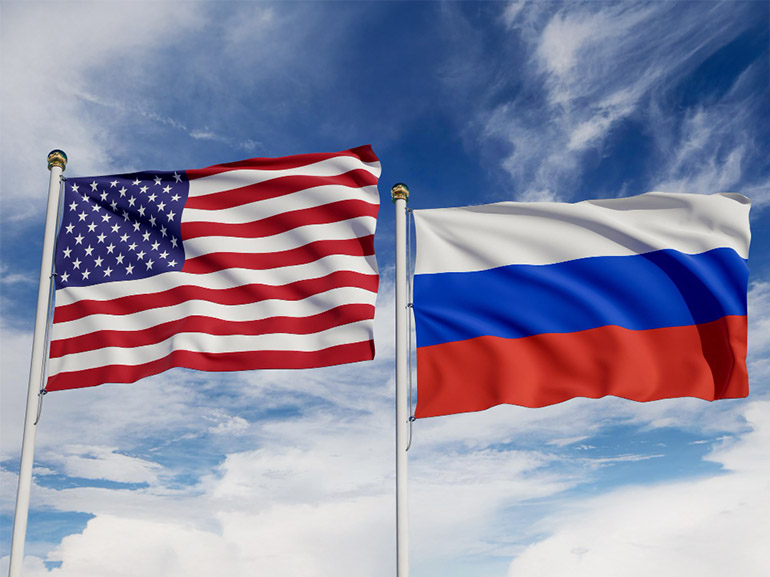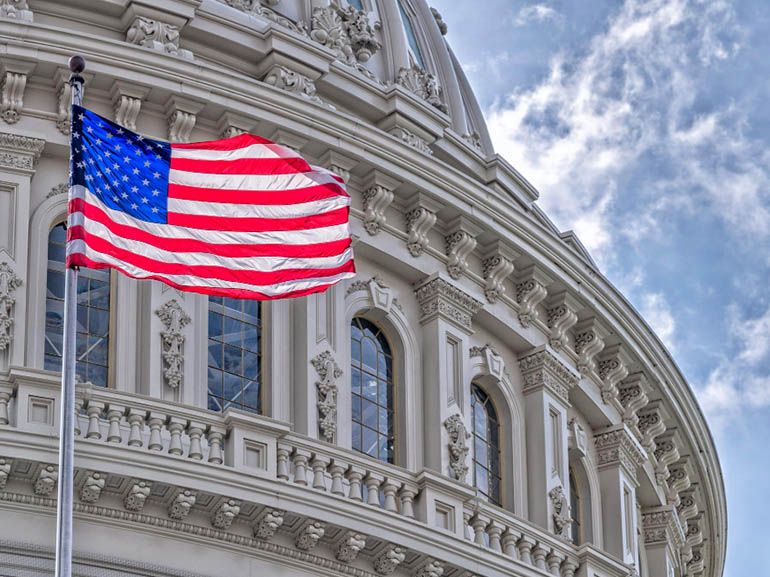Markets Soar as US-China Slash Tariffs
US equity indices soared on Monday, 12 May, following a newly announced deal between the US and China that saw tariffs rolled back for a period of 90 days.
The Nasdaq 100 (NQ) entered a bull market 20% above its 8 April low after rising 4.4%, the Dow Jones (YM) rose by 2.8%, and the S&P500 (ES) witnessed an increase of 3.3%, with all indices now trading above their 200-day moving averages. (Source: Barron’s)
Eyes now turn to the upcoming CPI data due today, Tuesday, 13 May, to gauge the extent of the risk rally.

90-Day Trade Truce Slashes Tariffs by 115%
Following high-stakes negotiations in Geneva over the weekend, the US and China announced in a joint statement on Monday the reduction of reciprocal tariffs by 115% for an initial period of 90 days. Tariffs on Chinese goods will be reduced from 14 May from 145% to 30%, and on US goods from 125% to just 10%. (Source: CNN Edition)
The deal included the reduction of the “ad valorem” rate from 24% to 10%, but it did not cover the “de minimis” exemptions, tariffs on fentanyl or rare earths. Many of the tariffs will still be higher than 30%, and levies on steel and aluminium, as well as autos, remain. However, the massive reductions in levies were cheered by markets as they wiped out prior tail risks priced in by investors and contradicted previous talks of a reduction to just 80%.
Risk-On Sentiment Boosts Global Markets
As the two countries committed to negotiating further, the bulk of global stocks saw substantial gains, with Hong Kong’s Hang Seng (HSI) up 3.5%, India (INDY) nearly 4%, and Japan (NIY) 2%. In the US, the Magnificent Seven (BMAGSI) group, including Apple (AAPL), Amazon (AMZN), Tesla (TSLA), Microsoft (MSFT), Nvidia (NVDA), Alphabet (GOOG), and Meta (META), was on track to add its second-largest market cap in a single day behind the $1.85 trillion seen injected in markets on 9 April, at $821 billion.
The risk rally occurred along with a rising dollar (DX), with the 2-year soaring back above 4% and safe-haven asset gold (XAU) tumbling some 3%. This positive reaction was not just a result of the massive duty reductions, but also from the willingness of both countries and rising prospects of further de-escalation on the heels of deals with other countries. Notably, US Treasury Secretary Scott Bessent said that “the UK and Switzerland have moved to the front of the queue but the EU has been much slower”, which partially explains the EUR/USD (EURUSD) lag on Monday. (Source: Barron’s)
Fed’s Goolsbee Warns of Stagflation Despite Breakthrough
Besides trade announcements on Monday, the trading day did not see any other market-moving updates. However, Chicago Fed President Austan Goolsbee said following the deal that trade wars would still leave a stagflationary mark on the US economy, and implied that the Fed employs a wait-and-see approach due to prevailing uncertainty and the short-lived duration of the trade truce.
On the one hand, recent cheer from the deal may overshadow the upcoming inflation print. On the other hand, some analysts argue that the typical hawkishness witnessed following hot CPI prints may raise the risk of stagflation at this point in time and eventually hurt the dollar.
Meanwhile, both short-term inflation figures (headline and core), month-on-month, are expected to rise by 0.3% in April, a tall order to beat. Wells Fargo (WFC) analysts, in fact, believe that headline inflation will not exceed 0.2% in April and the yearly rate will reach a 4-year low of 2.3%, with core unchanged at 2.8% year-on-year. (Source: Newsquawk)
Will Upcoming Inflation Temper Optimism?
The cautious stance employed by the Fed and its members comes with a risk of leaving the US behind other central banks that are already midway through their easing cycles, with US interest rates still high. However, the Chair Jerome Powell said last week, following the central bank’s decision to hold rates unchanged, that the bank will be able to “move quickly when appropriate”. Powell cited strong growth and labor markets, while inflation sits near the target for its patient stance in cutting rates.
Former BOE rate-setter Willem Buiter argues that this is “excessive unanimity disease”, where the board hesitates to change rates gradually. He added that this raises volatility, and the Fed might want to achieve its goal as fast as possible to reduce the financial risks.
Meanwhile, US inflation expectations are higher than in other countries due to import tariffs. On the one hand, the trade truce may end up justifying Powell’s reluctance to cut rates as it would eventually reduce imported inflation. On the other hand, waiting for another 90 days to have more clarity might increase tail risks, especially if the truce does not hold. Either way, one thing is sure: while the Fed’s goal might be filled with uncertainty, investors are increasingly optimistic on the trade front.
Conclusion
The surprise 90-day tariff reduction shifted market sentiment on Monday, driving major indices higher and strengthening the dollar. This appears to be offering opportunities (with risks) for traders across multiple asset classes.
Markets may have cheered the trade truce deal, but questions remain about its sustainability beyond the temporary period. Traders are encouraged to keep a close eye on upcoming economic data. The upcoming CPI report on Tuesday is of particular interest as it could shape the Fed’s policy stance, potentially reversing or exacerbating recent optimism.
Still, the divergence between the US and other central banks adds another layer of complexity for traders. While others carry out their easing cycles, the Fed maintains a wait-and-see approach that might keep volatility increased in the coming months, especially if inflation continues to surprise or if trade talks hit unexpected barriers.
*Past performance does not guarantee future results







